We often refer to the mother-child relationship as the most solid and nurturing bond in human nature. It’s an unbreakable love, protection, and nurturing that the two share between them. Yet in a few rare cases, and the descriptions sicken me to my core, this bond is broken by literally the last person on Earth whose job it actually was to do that.
These are not mere headlines they’re gut-wrenching tales of loss and betrayal, and the complex mix of forces that bring about such horrors. This is the story of six of those tragic cases, detailing the innocent lives that were lost and the Maryland mothers convicted of killing their children. Such incidents leave communities baffled and with hard questions about mental health, the expectations and constraints of society, and the safety nets for parents who are struggling.
Each case is unique, but taken as a whole they present a grim picture of the ultimate domestic violence. It’s not about gawking at these stories, but recognizing the young victims and realizing the depth of these Maryland family tragedies. We will delve into the details of these deaths, the investigations that ensued, and the fight for justice after the ultimate loss.
A Fake Amber Alert and an Ominous Discovery
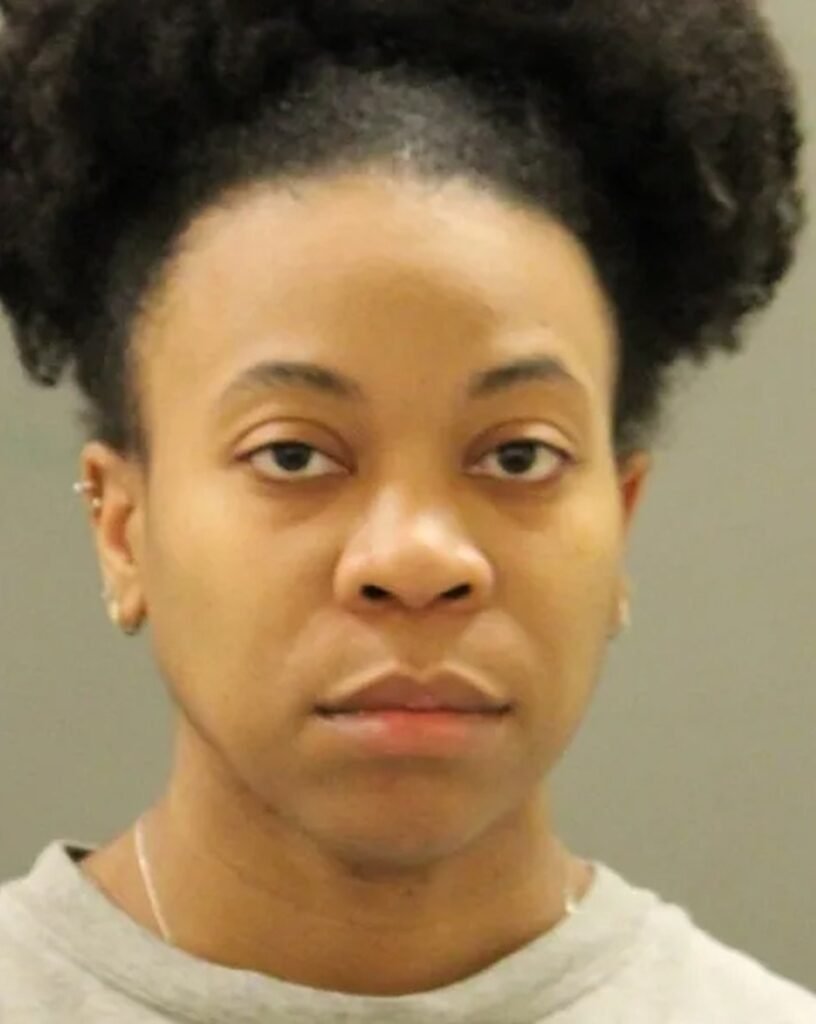
One of Maryland’s most recent and chilling infanticide cases came when a mother hatched a gruesome tale about a violent kidnapping in an attempt to hide a horrible crime. On June 2025, an Amber Alert was activated for Nola Dinkins, 3 years old, from Delaware after Nola’s mother, Darrian Randle, said she was kidnapped at gunpoint. The report set off a frantic multi-state search and a public and law enforcement campaign to find the missing toddler.
But investigators from both Delaware and Maryland discovered discrepancies in the mother’s story when they dug into it further. The tale of a stranger stealing her child began to unravel, and police began to suspect that the report of a kidnapping had been made up. This suspicion shifted the investigation into a chilling new direction one directly at the mother. A quest to find a kidnapper became a desperate search for an answer to the question on everyone’s lips: When will the nightmare end? cbsnews
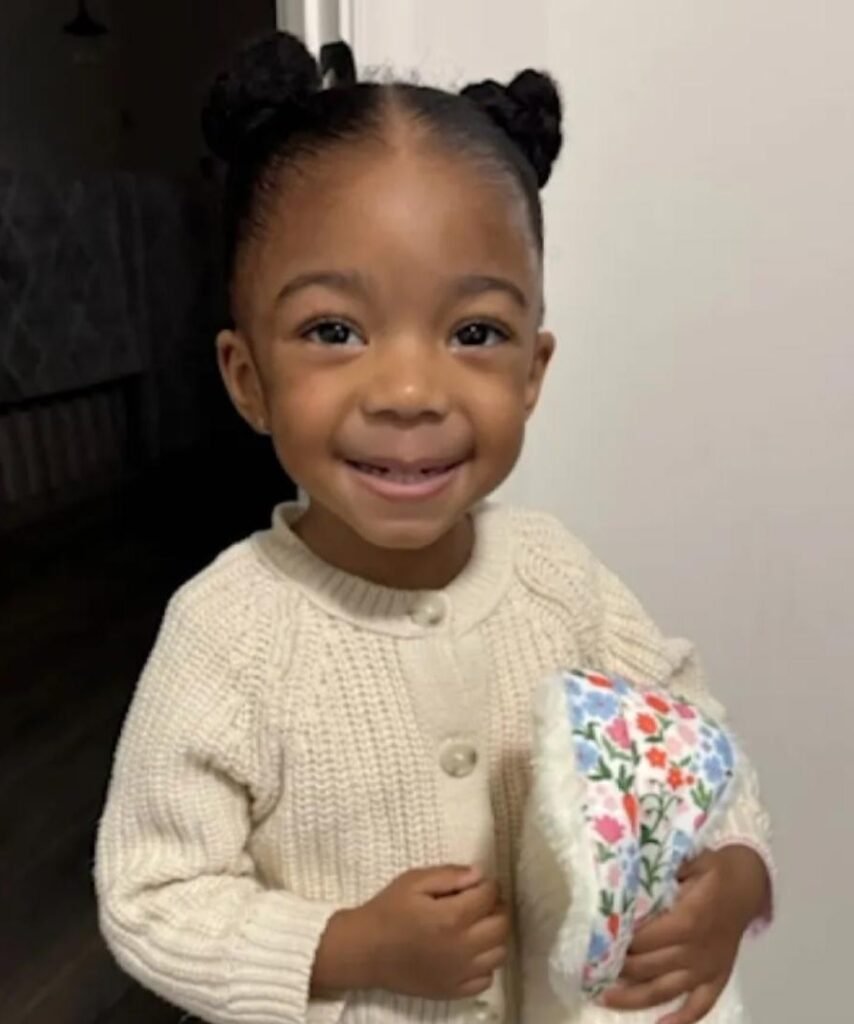
The case is an especially graphic example of the extremes to which a parent would go to cover up an unthinkable crime against his or her own child one of many gruesome child killings Maryland has seen. The search for young Nola ended tragically in an empty lot in North East, Maryland. There, the investigators found human remains that were later identified as belonging to the girl of three years old. The grisly finding rocked the community and prompted the instant arrest of Nola’s mother, Darrian Randle, and her mother’s boyfriend, Cedrick Britten.
Randle received two charges, first-degree murder and child abuse, and her boyfriend was charged as an accessory. The fake Amber Alert, a technology created to save children’s lives, had been twisted to obscure a brutal reality. This is not just about a mother’s unfathomable cruelty, but also about the emotional price such Maryland family tragedies exact on the community and officers of the law.
The Hidden Struggle: When Mental Health Enters the Room
Maryland mothers who killed their children are not all made from the same mold. It’s also a decade-long tale about Catherine Hoggle and her two young children, Sarah and Jacob, and the ravages of severe mental illness. September 2014 when the two little children, both three-year-old and two-year-old, disappeared mysteriously from their home in Montgomery County. Around the same time, their mother, Catherine, also went missing, and was discovered several days later, alone and confused. She wouldn’t tell anyone where her children were.
What ensued was a costly and drawn-out court fight, complicated by Hoggle’s schizophrenia diagnosis. She was initially charged with neglect and kidnapping, but was found incompetent to stand trial multiple times. She spent years incarcerated, first in a state psychiatric facility, in the hope her competency could be regained and she could be tried on the far more serious charges of murder, which were finally filed in 2017. The children’s father, Troy Turner, has endured painful uncertainty while waiting for answers that have eluded him for a decade.
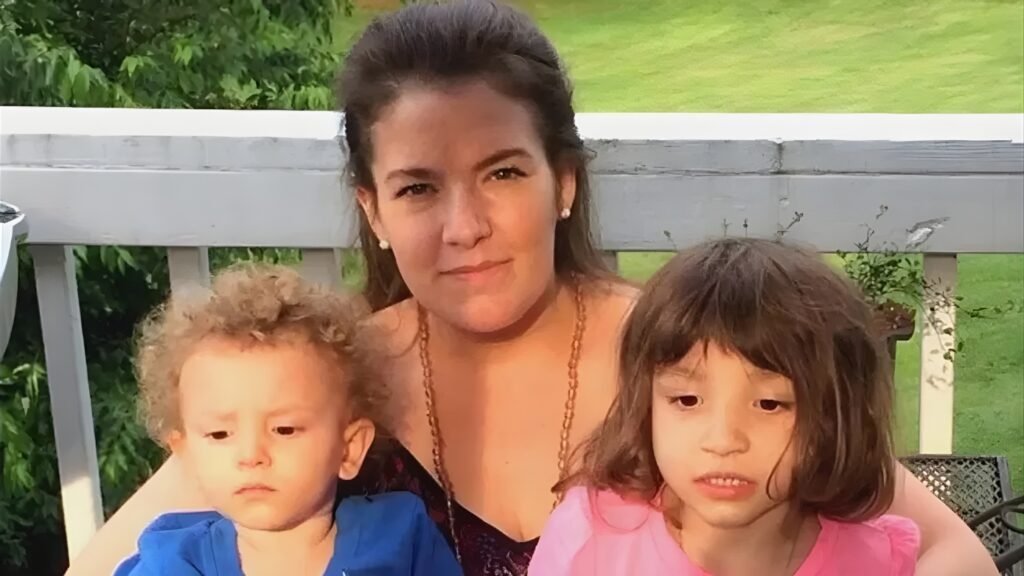
The case had once again forced Maryland to confront the difficult territory where the criminal justice system intersects with mental health, at a time when that overlap had been in the crosshairs in many infanticide cases the state has faced. The legal machinations of the Hoggle case came to a head in 2022, when, in accordance with a Maryland law that restricts the time the state has to restore a defendant’s competency, the original murder charges were dropped. But Catherine Hoggle continues to be committed to the psychiatric center, as she’s still considered a threat. In the most recent news in 2025, released from the facility, and re-indicted for first-degree murder, she was again behind bars.
The long and winding road to accountability shown by this case demonstrates the great obstacles involved in obtaining justice for child victims of suspicious deaths where a parent’s mental health is a primary focus. The sad case of the vanishing of Sarah and Jacob remains as haunting a Maryland family mystery as any, a tragic snapshot of two young lives that never had the opportunity to flourish.
A Mother’s Rage: When a Little Boy Went Away for the Summer and Never Came Home
In January 2025, the sleepy town of Middle River in Baltimore County was rocked by the sickening murder of 11-year-old London Olsen. The perpetrator of this wicked act was her 34-year-old mother, Keyona Dillon. Police had been summoned to their house on a call for a cardiac arrest, but what they found was a crime scene. London was found dead in their house’s basement, and the investigation led to her mother as the prime suspect.

In January 2025, the sleepy town of Middle River in Baltimore County was rocked by the sickening murder of 11-year-old London Olsen. The perpetrator of this wicked act was her 34-year-old mother, Keyona Dillon. Police had been summoned to their house on a call for a cardiac arrest, but what they found was a crime scene. London was found dead in their house’s basement, and the investigation led to her mother as the prime suspect.
The charging documents offered a picture of a deeply disturbed individual. Dillon also killed the four family pets before she killed her daughter, according to reports. When detectives interviewed her, she was erratic and rambled with bizarre claims that included child sex rings and other conspiracies. The reason she cited was the groundless suspicion that her daughter was in a relationship with the father of her other children – an accusation that detectives found no evidence for.
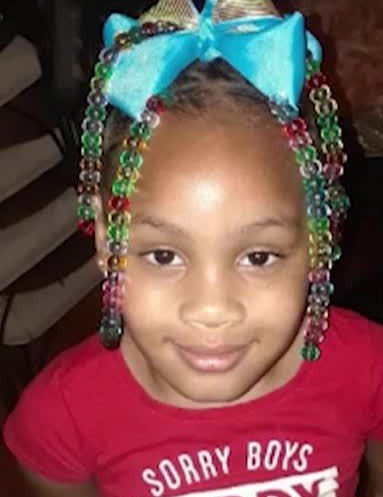
This case is a heartbreaking demonstration of how a delusional mind can give rise to a heinous act. “We have seen violence against children before, but this child’s situation is especially tragic and leads even the most jaded prosecutor on our team to despair over what happened to her.” Keyona Dillon was accused of murder and was being held without bail while awaiting a competency hearing. The wacky performance didn’t stop even at her bond hearing, calling into serious question her sanity.
London Olsen’s is a clear and difficult example of the horrible effects that untreated or undertreated mental health can have. It is a narrative that confronts a community with the gut-wrenching truth that often a child’s deadliest adversary is a relative under the same roof. Seeking justice for child victims of these clinical situations can be time-consuming and challenging and involves a journey through the legal and mental health systems. The death of a young girl with her whole life in front of her is an enormous tragedy that will also scar the community.
Playground Tragedy: Neglect and Dehydration
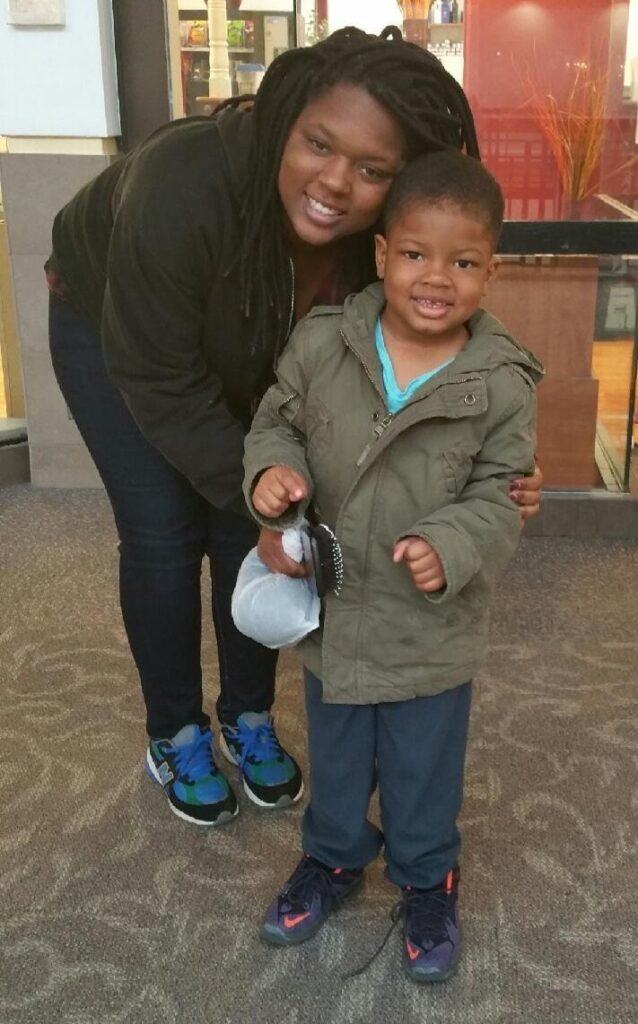
A playground the domain of joy and laughter of children was Ji’Aire Donnell Lee’s nightmarish last stop in May of 2015. His mother, Romechia Simms, was found pushing his lifeless body in a swing in a park in La Plata, Md. She had been there for two days. The first report made to the police was a welfare check on the woman and the child, but by the time deputies arrived they had already made the grisly discovery.
An autopsy showed Ji’Aire had died of dehydration and hypothermia. There was no sign of physical injury, but the frail boy’s brief life had ebbed away in protracted exposure to the elements and lack of food and water. He was declared dead a homicide and his mother was charged with manslaughter and first-degree child abuse.
It is a horrific case among the tragic tales of Maryland mothers who have killed their children that is remarkable for its passivity, and its total destruction. This was not a fit of sudden violence, but rather a slow and tragic neglect that claimed a life. The investigation into Romechia Simms’ life uncovered a history of stress and perhaps mental health problems. Court records had shown earlier assault charges and a letter she wrote to a court describing the pressures she faced as a mother, student, and employee.
In this instance, however, the case serves as a chilling reminder of the frequent hidden desperation faced by a parent, which tragically results in a total, and irrevocable, breakdown of a parent’s custodial care. It is a tragic reminder that neglect can be as deadly as overt violence, and the signs of a parent in crisis are not always easy or even possible to see. The image of a small boy in a swing is a grim reminder of perhaps one of the saddest Maryland family tragedies.
When a Bullet Kills: The Murder of an Innocent Woman
This was the case in Baltimore, where the death last month of one girl, Nyemia Gilliard, who was 1, unveiled part of a pattern of conduct that should have been a warning sign. Her mother, Aurielle Montgomery, was the only adult in charge of the child at the moment she died. Little Nyemia was discovered unresponsive inside a residence, and there were obvious signs of trauma. An autopsy determined that the infant had sustained blunt force trauma to her internal organs that resulted in her death.

In the end, Aurielle Montgomery pleaded guilty to depraved heart murder, a crime that implies a shocking indifference to human life. She was given a 22-year prison sentence, which for the justice system was suitable punishment for her conduct. This is a tragic illustration of how violent inclinations can spiral out of control to devastating effect. Nyemia’s death is a horrific example of how totally dependent we are all on caregivers for our safety, security, and well-being in those early months. This case is another paragraph in the horror story that is child killings that the state of Maryland is battling.
The experience of Aurielle Montgomery and her daughter Nyemia is a case in point of a larger problem concerning child abuse and its effective intervention. For advocates of justice for child victims, the case highlights the need for a strong system that can identify and support families at risk before disaster hits. The story of the Maryland mothers who murdered their children cannot be told without recognizing the tragic consequences of these violent crimes. The family and the wider community have some sense of accountability with the legal proceedings, but the loss is still great. It’s another of those stories where the potential of a young life is snuffed out by the one who should have been her strongest defender.
A Sibling’s Cry: “Mommy No!”
Jameria Hall’s is perhaps one of the most chilling incidents on Maryland mothers who murdered their children. Last August, neighbors of a Baltimore apartment building heard the panicked screams of a child, a shriek of “Mommy no!” A few days later, a maintenance man who had been responding to complaints of a foul odor found the decomposed bodies of the Thomas’s six-year-old daughter, Nadine, and her eight-year-old brother, Davon.
Inside the apartment, the scene was one of unspeakable horror. Davon was found with a plastic bag wrapped around his head and a huge knife buried in his chest. His sister, Da’Neria, was discovered in a bathtub with clothes wound around her neck. Their mother, Jameria Hall, was not there but was tracked down by police and arrested. She confessed to the killings and was charged with two counts of first-degree murder.
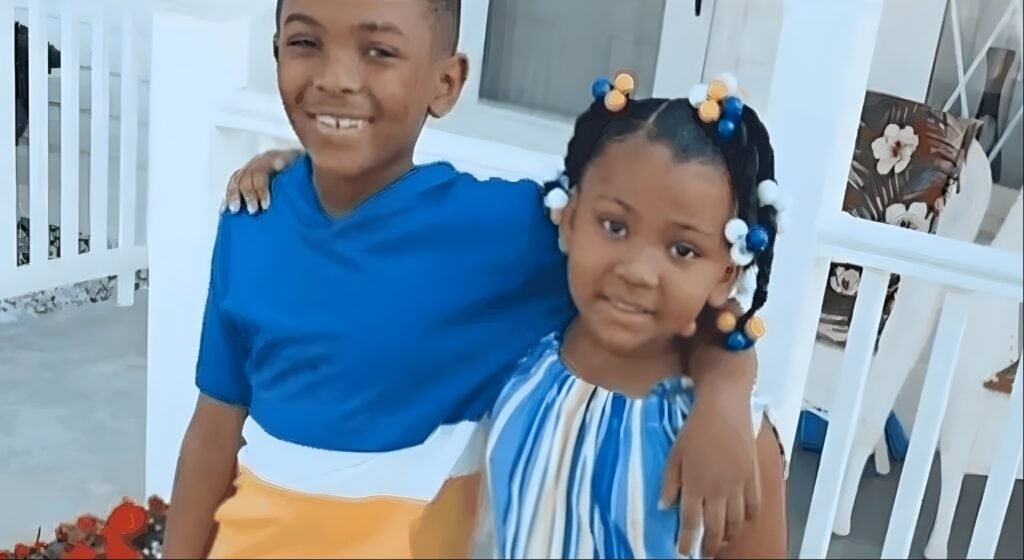
As one reader wrote above, “the heartache in this case is the way the child on the other side of the door was most likely aware that he was about to die, while a friend was right there and helpless to do anything about it.” Jameria Hall had a history of troubling behavior; once before, she set her mother’s house on fire. And yet she kept her kids. This tragedy also raises serious issues about the ability of child protection and the legal system to respond to children in high-danger situations.
Da’Neria and Davon’s death is a tragic illustration of the inability of a system to safeguard its most vulnerable with yet another somber one to the grim roster of Maryland infanticide cases. Maryland family tragedies like these are heartbreaking and are long etched into the community’s consciousness. The tales of these mothers and their children from Maryland are a profoundly disturbing reminder of humanity’s darkest elements. They’re stories of deep and abiding loss, of shattered trust and the malignant impact of mental illness, violence, and neglect.
This is not a natural instinct, and what drives a mother to take the life of her child is never going to be something we can understand, but it is so important that we continue to learn, that we support and intervene, and that we remember the lives lost to save others. Recovery for families and communities stricken by these tragedies will be long, but the quest for justice and vigilance to safeguard at-risk children must remain unwavering.
She built a business to save her family, but her success fueled her husband’s secret life. When she discovered his betrayal, she used the very symbol of her hard work a giant teddy bear to hide her horrific revenge. This is a story you won’t forget. Read the full story.















